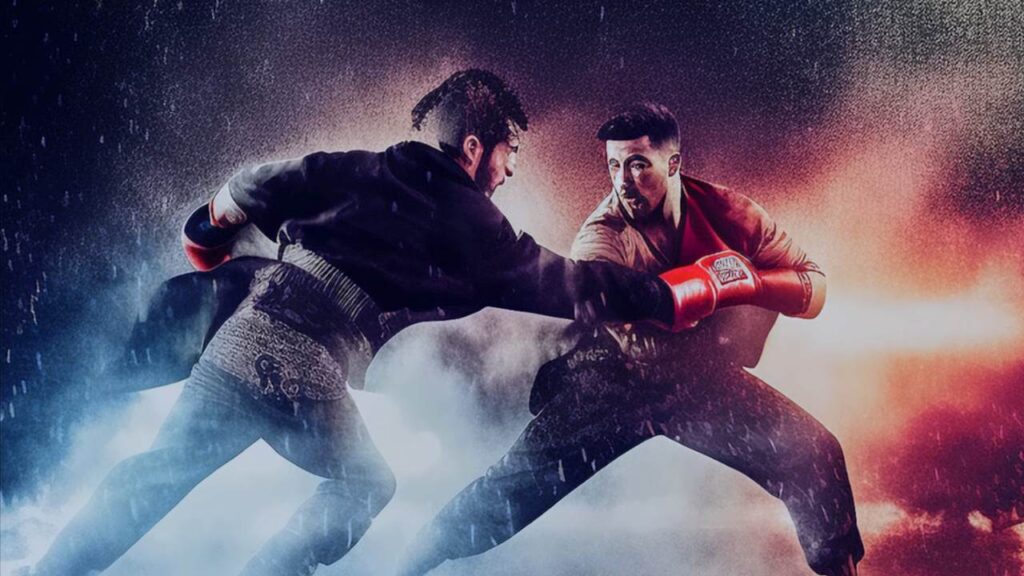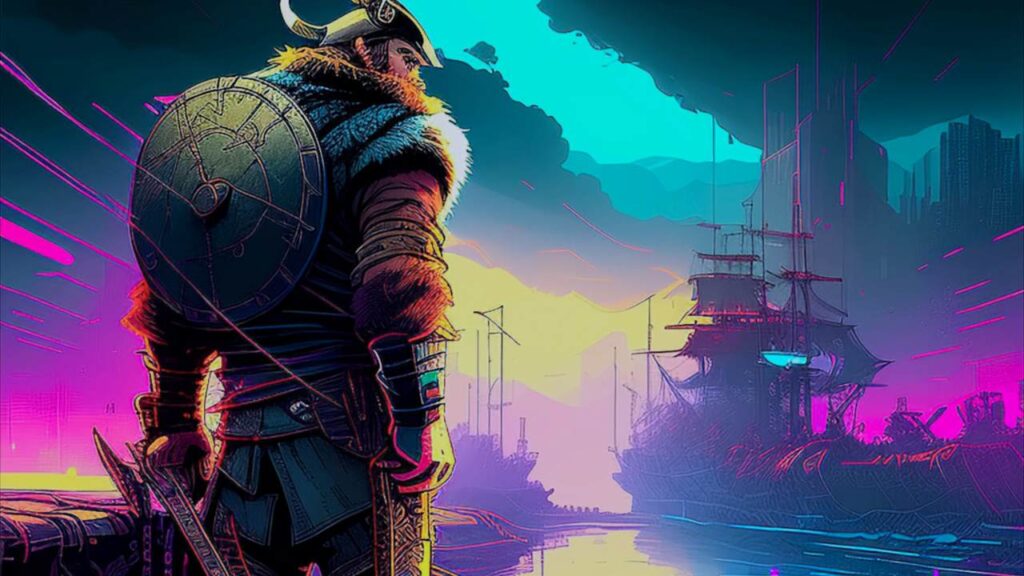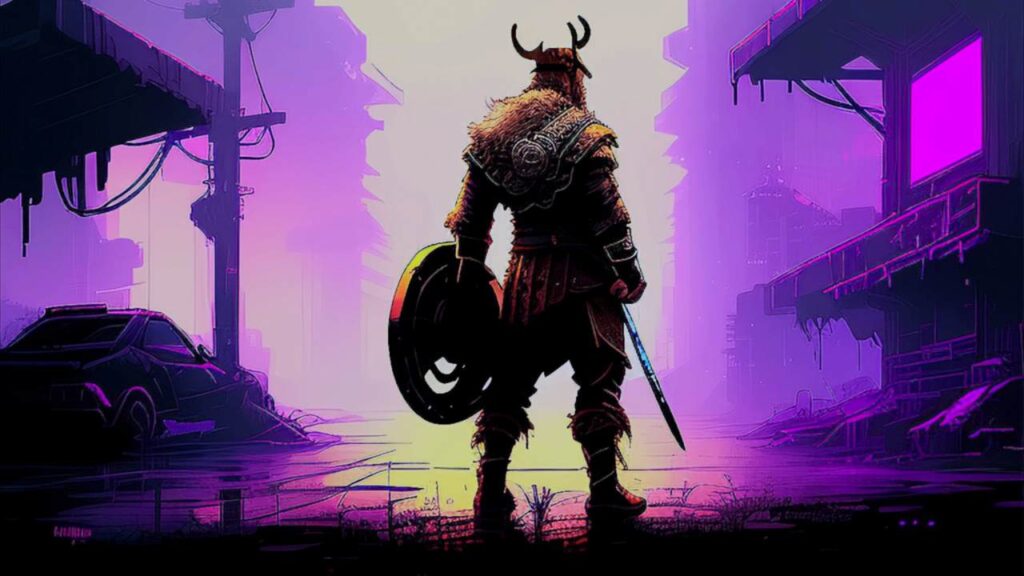Depending on your age, you may remember a time when movies based on similar themes were released in pairs, with one often representing the more dramatic side of storytelling and the other representing the softer or more bombastic side of it.
Two examples that come to mind are the 1997 volcano movies, Dante’s Peak and Volcano, and the 1998 deadly comet movies, Deep Impact and Armageddon. While we could argue the quality of each movie according to our tastes, with each having its defenders and detractors (I for one prefer Armageddon over Deep Impact, even though Deep Impact is widely considered the better movie, and I get why), most of us would agree that releasing two movies from the same theme is a great way to produce a point and counterpoint to the given topic, as well as figuring out exactly what audiences want in a movie, much in the same way A/B testing works in marketing.
In fact, I wouldn’t be surprised if A/B testing is the motivation studios have in releasing two films that borrow from the same idea. If one movie does better than the other, then it makes sense that studios would want to analyze the audiences and attributes of both to see if they can replicate similar successes the following fiscal year (with a different but similar idea taking center stage, as we saw in the movement from volcanoes to comets in the late 1990s).
But, while we may not find examples of this duel between films represented in every year of film history, nowadays we seem to find movie clusters of similar themes most often represented within the Marvel vs. DC Universes, with one party’s superhero demonstrating attributes similar to another without being direct copies (Iron Man vs. Batman is one example).
But lately, we’re also seeing thematic overlap among films outside of the comic movie universe with those from within, like Dr. Strange in the Multiverse of Madness vs. Everything Everywhere All at Once as one example, or Black Panther: Wakanda Forever vs. Avatar: The Way of Water as another. It’s as if the studio wars have picked up their arms for battle once again, and moviegoers are opening their wallets to determine the winner.
Spoiler Alert: The winner is Avatar: The Way of Water.

Two boxing champs duking it out in the rain. (Image generated by SUPERMACHINE)
The Conflict
So, for those of us who enjoy movies but don’t have the time or budget to watch everything that gets released, how do we tell studios which side of the pair to watch, if any?
Or, is time and budget even part of the equation thanks to the popularity of streaming services? Does it just come back down to raw emotion, with the baseline being simple interest?
For me, money can be an issue, but the decision on whether I invest will always come back to time.
Consider this: Movies can be expensive to watch in the theaters, especially if you factor in the cost of gas, or any concessions you may want while you watch. But they can also be expensive at home if you buy them on disc or watch them on one of many streaming services you pay a ridiculous monthly for. In either case, you’re shelling out the cash to watch them. It’s a constant wash cycle of earn, spend, repeat. Whether the cost is actually expensive comes down to your monthly earnings.
However, movies are most expensive in time because the hours we spend watching them will never get replenished. There is no wash cycle. It’s a constant forward momentum toward the cliff of destiny. If we live to be 90 years old, then we have much history to show for it, but watching Avatar: The Way of Water will still swallow close to one percent of that time away. Is that time investment worth it?
If we want to ensure our time with a movie is well-spent, then we want to make sure we’re watching a good one. So, how does the A/B testing of two similar movies determine which one is the one worth watching, especially if they’re marketed to the same audiences?
On that same note, how does that same model determine which of two similar books we should read, especially when you consider that a book will take almost eight times as long to get through as a movie?
Does it come down to quality? Or does the winner rely on emotion?

Two viking kings, side by side, but far away. (Image generated by SUPERMACHINE)
Authenticity vs. Fiction
Just before 2022 ended, I watched a brilliant Viking movie called The Northman (2022, 137 minutes), starring Alexander Skarsgard.
Then, just after 2023 started, I watched another brilliant but much older Viking movie, The 13th Warrior (1999, 103 minutes), starring Antonio Banderas.
I enjoyed both. But did I enjoy them both equally?
To answer this question, I have to go back to the A/B testing formula.
The 13th Warrior and The Northman were released 23 years apart, so they were never in competition for audiences. But they still tackle the Vikings theme in noticeably different ways: One is gritty and dramatic, the other bombastic and adventurous; one is under two hours, the other over two hours; one is tame in comparison to the other, the other much stranger. Neither earned much at the box office during its run ($61.7 million (1999 dollars) for The 13th Warrior; $69.2 million (2022 dollars) for The Northman), but they both scored mostly well with general audiences (66% Audience Score on Rotten Tomatoes for The 13th Warrior; 64% Audience Score on Rotten Tomatoes for The Northman).
Note: The biggest disparity between these two films can be seen among the professional reviewers, with The 13th Warrior getting 33% on Rotten Tomatoes and The Northman getting 89%. As usual, this proves once again that reviewers are disconnected from what audiences enjoy. But I digress.
One thing seems obvious from this cursory glance at two Viking movies released 23 years apart. Whether released in April (The Northman) or August (The 13th Warrior), movies of similar themes are likely to attract the same or similar audiences if the numbers say anything.
So, whether the audience enjoys one movie over the other likely comes down to mood. Which movie does the better job satisfying a moviegoer’s interest? Which one puts a bigger smile on their faces?
In the case of The Northman vs. The 13th Warrior, this difference in mood can be boiled down to the difference in interest for authenticity over fiction.
For authenticity, both films strive to portray Vikings in an accurate light. But, while The 13th Warrior uses authenticity as a skin for telling a more adventurous story about men versus monsters, where the audience gets hints at Viking culture without really digging too deeply into it, The Northman takes that authenticity to the bone in a disturbing story about revenge that includes scenes of Viking rites of passage and the occasional ritualistic sacrifice. It’s clear that authenticity is more important to the personal story than it is to the “blockbuster” tale, at least in this case.
But does authenticity make one better than the other?
Note: This is the part where I mention that The 13th Warrior is based on Michael Crichton’s novel Eaters of the Dead, which fictionalizes the historical accounts of a real tenth century diplomat, Ahmad ibn Fadlan, and combines it with a retelling of Beowulf, whereas The Northman is based on the old Viking tale of Amleth that (apparently) inspired Shakespeare’s Hamlet. Authenticity is a staple of both stories, but The Northman devotes more time to showing the good, the bad, and the ugly parts of it, and is ultimately the darker of the two, even if the plot for The 13th Warrior paints the more disturbing picture.
In fiction, authenticity is important as it grounds the reader or moviegoer to the story’s world. But the story itself is what drives the audience to stay with it, and this comes back to satisfying interest, or more specifically, captivation.
For me, I think The Northman is the more lovingly-crafted of the two, but if I had to choose one to watch more than once or twice, thus giving it more of my time (and maybe money), that honor would go to The 13th Warrior.
While both movies present enough authenticity to keep me grounded in the characters’ worlds, The Northman does the better job making me glad I’m not part of that world. If The Northman’s story is at all authentic, then I’m led to believe that the world of a Viking is near-nihilistic, with life hardly valued and legacies subservient to whatever fire is destroying home and body. Life is hard at any point in time, but Vikings seem to have a particularly rough go at it, especially during raids, if The Northman has any say. Families are easily torn apart, royals are easily cut down and reduced to nothing, and the environment itself is often dark and wet. Never mind the eyeless Björks who act as ghosts. It’s just a sad time and place to live.
The 13th Warrior, on the other hand, focuses on a welcoming brotherhood, making the story more inviting to general audiences and the characters more sympathetic. Even though the story itself is technically darker than The Northman—the Vikings have to protect a town from an army of cannibals, and not all of them make it to the end—the movie tends to spotlight the heroes’ victories over the violence and carnage that precedes their wins. And because each character actually strives to be a hero—the Viking would-be-king could give Aragorn of Lord of the Rings a run for his money—the end result is more feel-good than the general despair that hovers over The Northman from start to finish. The setting is still violent, and innocents still lose their lives, but at least the journey to victory comes with hope and a happy ending because the characters aim to provide that ending.

Viking leading the way to victory. (Image generated by SUPERMACHINE)
The Happy Ending
So, now for some important questions.
In fiction, isn’t the happy ending what makes a movie more watchable or a book more readable, especially more than once? Would we intentionally revisit sadness or defeat if victory doesn’t fix anything? Can authenticity override the need for emotional satisfaction?
Well, if our mood is dark, then we may gravitate toward these darker stories with the unhappier endings, because misery loves company, as they say. But the majority of readers and moviegoers are happy, or have the desire for happiness, so most of us would rather watch the lighter stories with the happier endings, or the darker ones that get brighter by the end, if we want to be entertained or motivated into an existential fight.
And, if we’re comparing two stories of similar theme, then we’ll generally throw our money at the brighter one, sometimes more than once, because we’d rather feel a little happiness than sadness.
This is why I prefer happy endings in my own work. If I’m going to devote months of my life writing a story, then I need to be as happy with the ending as I want my readers to be. Tragic endings won’t get me there, and if I know I’m headed in that direction, then I’m likely to procrastinate to the point where I never get there.
But surprising endings can get me there as much as happy ones can. More on that in the future.
Next month, I hope to share some of my criteria for deciding which stories to write, but I hope this article about Viking movies and happy endings provides some insight.
And if you’re wondering, I enjoyed both The Northman and The 13th Warrior, and I recommend both if you’re into those kinds of films. But The Northman is a watch-once movie, whereas The 13th Warrior is a watch-again. At least, that’s my opinion. What’s yours?
And yes, I’m aware that The Northman was not the only Viking movie released in 2022. I also watched Thor: Love and Thunder last weekend. It was fine.

Viking returns home…or so he thought. (Image generated by SUPERMACHINE)
Note: This article was written for my January 2023 newsletter, which I normally make exclusive to subscribers. If you enjoyed this article and would like to see more from me, please consider subscribing to my newsletter by filling out the form in the side panel (or below, if you’re viewing on mobile). As a bonus, you’ll get access to Read My Shorts, Volume 1, a mini-collection of short stories about corporate blunders and occasional revenge that you can’t read anywhere else.
Images generated by SUPERMACHINE, using the Stable Diffusion engine.






0 Comments